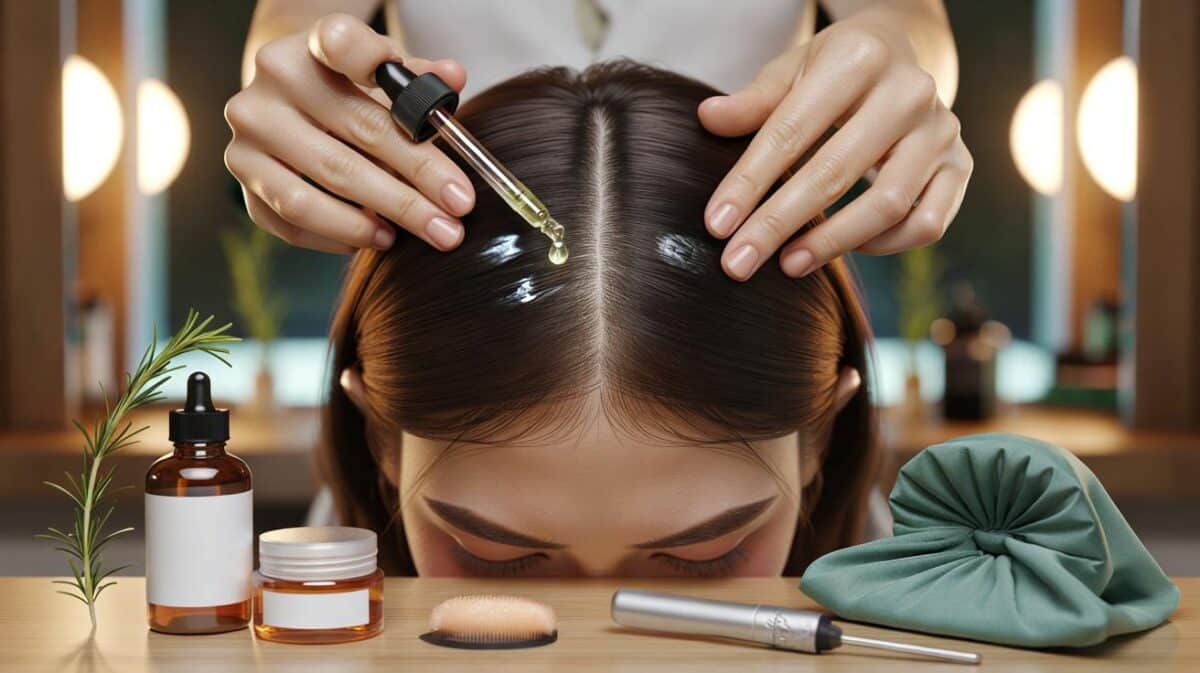You buy another spray. It smells expensive and still dries with lines. There’s an easier way hiding in plain sight.
The first warm Saturday of the year and the street looked like a queue for a car wash. Neighbours out with balled-up newspaper, blue trigger bottles flashing in the light, windows frothing and then… streaks. I watched a man step back from his bay window, tilt his head, then go back in again with the same spray. The more he wiped, the worse it got. Inside my kitchen, a half-used bottle of dishwasher rinse aid sat near the sink, the label promising “spot-free shine.” The kind that makes plates gleam without chalky drips. I poured a drop into a jug, thinned it with warm water, and took a cloth to the glass. Three swipes later, the pane looked like it had been replaced. No drama. No perfume cloud. No lines. The bottle under your sink might be all you need.
Why streaks happen even when you’re doing everything “right”
You can clean a window and still leave it dirtier in one way: residue. Sprays often carry dyes, scents and polymers that flash-dry and cling to the glass. Streaks aren’t dirt; they’re residue and timing.
Watch what happens on a south-facing pane at midday. The solvent evaporates faster than you can work, dragging dissolved grime into tiny tidal marks. You chase them, moving the muck around until a faint rainbow sheen arrives. That’s not your technique failing. That’s chemistry winning.
Dishwasher rinse aid solves a different problem in your dishwasher: water clinging and leaving marks as it dries. It uses non-ionic surfactants and wetting agents to make water sheet, not bead. That same trick works on glass. The liquid spreads thinly, lifts dirt with fewer suds, and leaves almost nothing behind. You get time to wipe before evaporation scribbles on your effort. It’s not magic. It’s lower surface tension and fewer extras to dry into films.
The rinse-aid method that beats the pricey sprays
Measure 1 teaspoon (about 5 ml) of rinse aid into 1 litre of warm water. Pour into a sprayer or a bucket. Spray a light mist or dip your microfibre, then work in wide overlapping strokes, top to bottom. Finish with a dry cloth or a squeegee on the last pass. The secret is a tiny dose of dishwasher rinse aid, not another pricey spray.
Keep it light. More product won’t make it cleaner; it just leaves a film that grabs dust. Avoid direct midday sun where you can, and wipe the edges where drips hide. Swap out cloths the moment they feel damp and draggy. Let’s be honest: nobody really does this every day.
Rinse aid is mildly acidic and slick, which is why it glides. A drop goes a long way, and it plays nicely with hard water that would usually dot your glass. Use less than you think, and work faster than you want.
“I stopped buying glass sprays years ago,” says Mark, a Bristol window cleaner. “One cap of rinse aid in a bucket, a decent squeegee, and I’m done before the kettle boils.”
- Ratio to remember: 1 tsp rinse aid to 1 L warm water.
- Tools: two microfibres (wet and dry) or a squeegee with a clean rubber blade.
- Moves: vertical passes, then a final horizontal pass to catch whispers of moisture.
- Avoid: overloading the cloth, full sun, and grubby cloths that smear.
- Finish: buff corners and frames to stop sneaky runs.
The logic, the savings, and the small joy of clear glass
Clear glass changes the mood of a room. Light lands differently. Colours wake up. The rinse-aid trick does that without the usual faff, and it quietly cuts cost and plastic. A teaspoon in a litre works out at pennies, not pounds, and you’re not hauling home another neon bottle. There’s a tiny, guilty pleasure in watching a pane go from dull to dazzling in one swipe.
It also shrinks the margin for error. Fewer additives means fewer films, so you get clarity that lasts more than a day. If your tap water is hard, the sheeting action is a gift. On mirrors and shower screens, it’s almost rude how fast it works. Try one window, side by side with your usual spray, and see which one you ignore for longer.
There’s a calm that comes with simple routines. A jug, a teaspoon, and two cloths. No headachey fragrance. No foam party on the glass. Share it with the neighbour still fighting the stripes across his bay. He might actually enjoy looking out again.
| Key points | Detail | Reader Interest |
|---|---|---|
| Rinse-aid sheeting | Non-ionic surfactants lower surface tension so water spreads thinly | Explains why streaks disappear |
| Simple ratio | 1 teaspoon rinse aid to 1 litre warm water | Easy, repeatable method at home |
| Fewer residues | No heavy dyes, scents or polymers to dry on glass | Longer-lasting clarity, less wiping |
FAQ :
- Can rinse aid damage my glass or frames?It’s safe on standard glass and uPVC when diluted. Test on tinted, coated or antique panes. Wipe spills from painted wood and stone sills straight away.
- What’s the best mix if my water is very hard?Stick to 1 tsp per litre and use warm water. If spotting persists, switch to distilled water for the mix and keep the rinse-aid dose the same.
- Do I need a squeegee?No, but it’s fast. Microfibre works well: one cloth damp to clean, one dry to finish. A squeegee shines on large panes and patio doors.
- Will it work on mirrors and shower screens?Yes. Light mist, wide strokes, quick dry buff. It helps stop those milky arcs and shaving-splash comets on bathroom glass.
- What if I used too much and the glass looks cloudy?Rinse with plain warm water and buff dry. Next time, reduce to a few drops per litre. A tiny dose is the trick.








